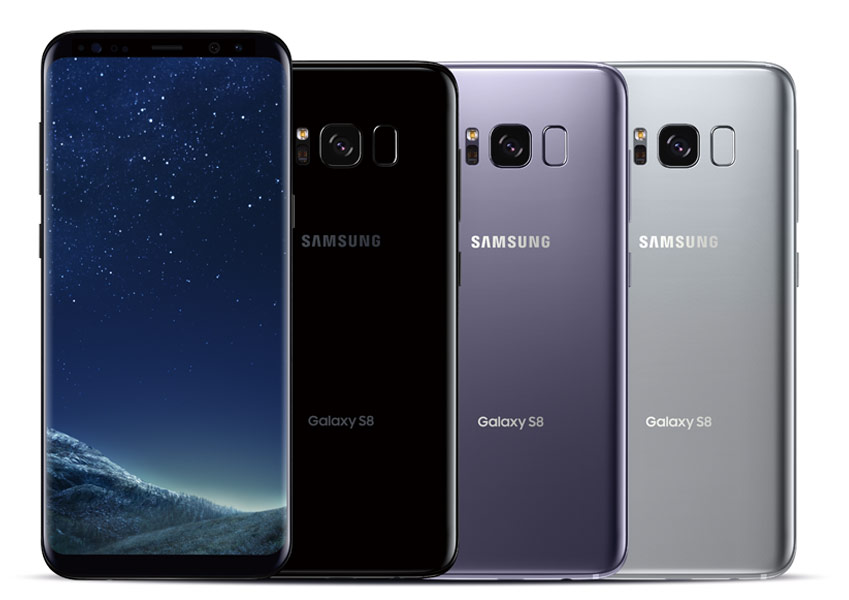Samsung’s nightmare seems to be continuing since the Note 7 fiasco; but this time with the S8/S8+ – and what is coming to be a BIG problem with red tint on most screens with varying degrees of severity. Samsung is apparently working on the problem by releasing software updates that allow a user to adjust the hue beyond its normal allowed settings to counter the issue.
This got me to thinking about what are the best and worst things about the newest member of the Galaxy family?
First we’ll start with the positive.
The display: The Galaxy S8 ships with a new AMOLED panel with a resolution of 2960×1440. Like the LG G6, the corners are rounded, and there’s almost no visible bezel. In addition, Samsung’s display is curved on the left and right edge. There’s no flat version of the GS8, either. The colors are accurate (concern over the red tint aside) and the lines are very crisp. It also gets insanely bright outdoors to remain readable, and incredibly dim in a dark room to avoid searing your retinas.
The buttons: At long last, Samsung is getting with the program and implementing virtual navigation buttons. Gone are the trademark physical home button and capacitive back/multitasking controls. Now, you have a home button and back/multitasking buttons on the home screen. However, you can finally change the order of the buttons to the “standard” Android layout. Plus the home button is pressure-sensitive. Even when the phone is asleep, you can “hard-press” to trigger the home button when the phone is asleep or in full-screen mode.

The camera: Samsung continues to have one of the absolute best cameras you can get on a phone. The 12MP sensor is the same piece of hardware used in last year’s phone, but the photos it spits out are even nicer thanks to improved processing. Images are crisp and bright, even in middling lighting. Even in low light, noise is minimal and capture times are quick. Samsung’s HDR processing is also among the best you’ll see.
Now the bad.
Bixby: I don’t even know what Samsung was going for with Bixby. This feature was pitched as an intelligent assistant that could help you operate apps by voice. Although, voice interaction isn’t supported at launch. What we have instead is a feed of information rather like Google Now, but not as good. There’s also a reminder feature and camera-based search. The physical Bixby button on the phone is pretty useless. Even if voice controls are implemented, I fail to see how Bixby improves the experience. I’d rather map the Bixby button to some other function, but Samsung has blocked that.
The fingerprint sensor: Moving to virtual navigation buttons meant Samsung had to relocate the fingerprint sensor. However, in an apparent attempt to be different, it chose the worst location. It’s on the back of the phone way up next to the camera. It’s not at all natural to touch the sensor while holding the phone, and it’s not even very accurate. Cheaper phones like the OnePlus 3T and Moto G5 Plus have much better fingerprint sensors.

Android updates: Samsung has a mixed record when it comes to getting phones updated with the latest version of Android. With the Galaxy S8, Samsung is already starting at a disadvantage. This phone launches with Android 7.0 instead of 7.1. While the improvements in 7.1 are minimal, Samsung really needs all the help it can get. When Android O launches later this year, owners of the GS8 will be faced with a wait of several months before the update his their phones – but this is something die-hard Samsung users must be getting used to by now.
Source: [Forbes]





